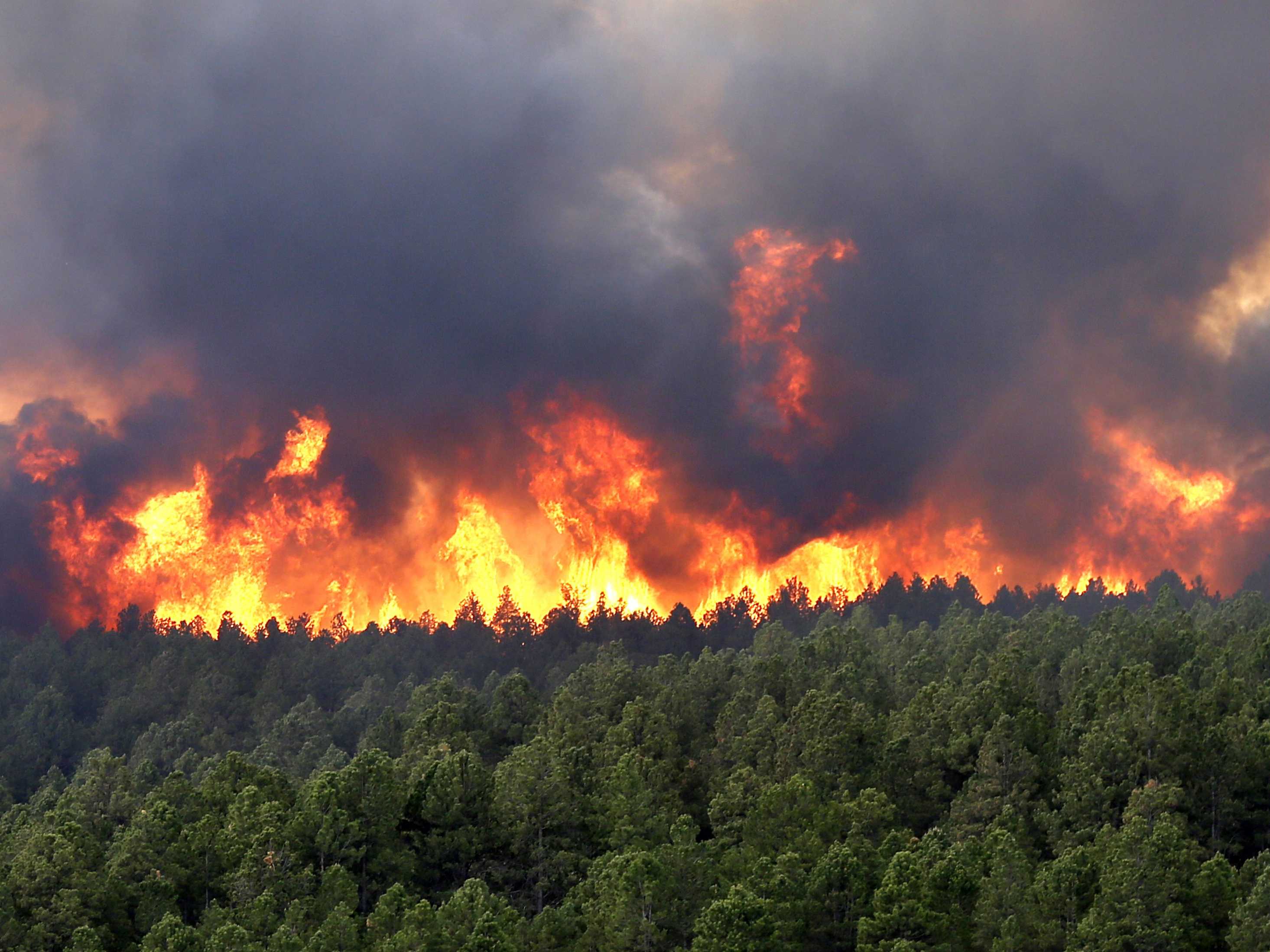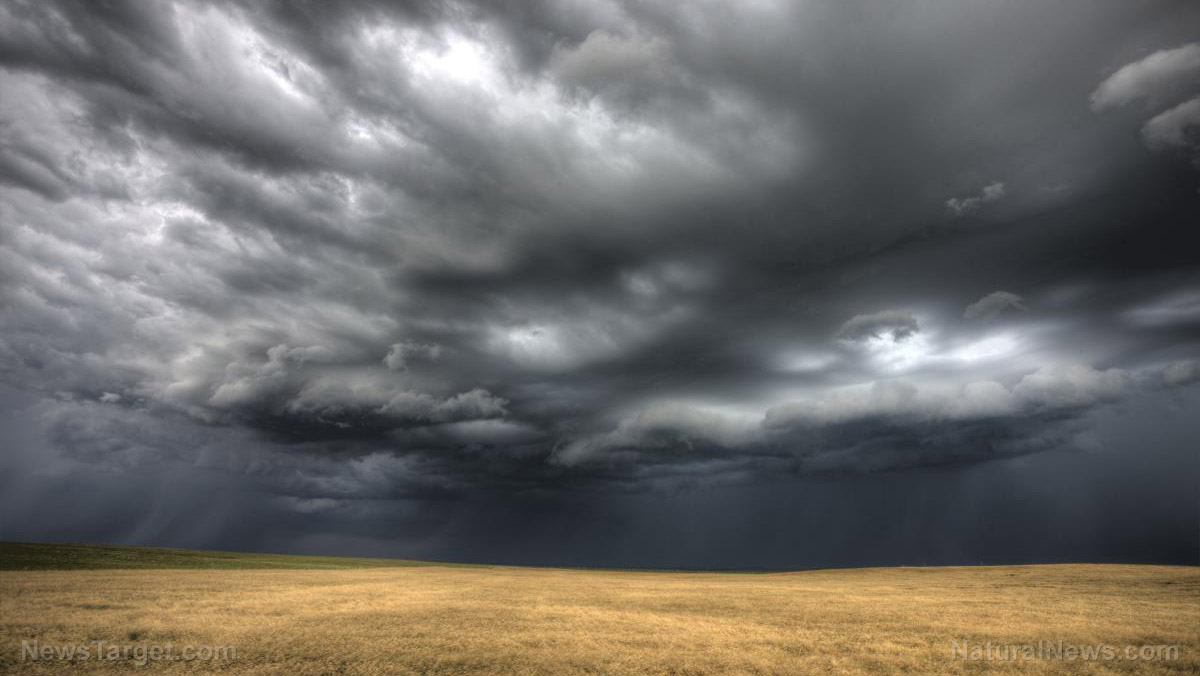NASA image shows thick smoke billowing from Colorado’s East Troublesome Fire
11/03/2020 / By Divina Ramirez

Colorado’s East Troublesome Fire has exploded from 19,000 acres to a staggering 170,000 acres on Thursday, Oct. 23. The state’s second-largest fire to date blazed through trees and rugged terrain in the Rocky Mountains – and the National Aeronautics and Space Administration (NASA) has captured the inferno from space.
With the Operational Land Imager (OLI) on the Landsat 8 satellite, NASA snapped two images from 438 miles above the scene. The first image, which is in natural color, shows a detailed view of thick smoke billowing from the fire.
The second image, captured in false-color, combined shortwave infrared, near-infrared and green light to show active fires, scorched land and intact vegetation in the general area.
NASA also noted that strong winds fanned the flames east towards the Rockies, where the fire made short work of pine trees. The trees were stressed due to a drought that took hold of Colorado this summer. Bark beetles also infested trees in the area, further weakening them.
Colorado fire more than doubles in size in record time
The East Troublesome Fire began on Oct. 14 near the town of Kremmling. It has burned almost 200,000 acres and is still just 30 percent contained. Damage assessment teams have confirmed that the fire burned some 100 homes last week, said Grand County Sheriff Brett Schroetlin.
But fire crews and respondents have a lot more work to do. Snow blanketed Colorado over the weekend, which covered debris and damaged properties. “We’re finding more [destroyed homes] every direction that we turn,” said Schroetlin. “The snow is not helping us at all out there.”

With regards to putting out the fire, fire experts said the snow did help slow it down. However, it might not be enough to help firefighters contain the blaze completely. “[The snow] is not a season-ending event,” said Noel Livingston, the East Troublesome Fire’s incident commander.
So far, the fire has killed two people. Both victims were in their mid-80s and refused to evacuate when the fire came rolling through Grand Lake, said authorities.
State authorities are still looking into the fire’s cause but suspect that someone or a group of people started the fire on purpose.
Officials point to critical fire conditions and bark beetle infestations
Colorado’s fires are blazing during a severe drought through forests of trees that record-high heat and bark beetles have converted into kindle.
The invasive beetles have already killed mature pine trees in record numbers across the province of British Columbia in Canada and continue to do so. It appears they have finally crossed over onto U.S. soil, infesting coniferous trees and raising fire risk.
Bark beetles love weakened trees, whether due to fire or high temperatures, said Dan West, an entomologist from the Colorado State Forest Service.
Bark beetles were once part and parcel of forest health. The beetles liked to feast on mature trees that were nearing the end of their life, turning them into kindle for forest fires. In turn, these fires would nourish the forest floor and eliminate dead trees as well. This process makes room for new saplings and growth.
But humans became good at putting out wildfires, thus hampering the role of bark beetles in maintaining forest health. Practices like burning old or dead trees for wildfire prevention leave little to no food for the beetles. Now, bark beetles attack all trees, mature or not.
Because the beetles live beneath the bark of trees, insecticides have little to no effect on them. For this reason, experts recommend pruning beetle-infested branches or felling and burning entire trees if overwhelmed with the insects. (Related: Bark beetles transformed millions of acres of trees in California into fuel for wildfires.)
Learn more about droughts, bark beetle infestations and other factors that influence wildfire risk at Environ.news.
Sources include:
Submit a correction >>
Tagged Under:
bark beetle infestations, Drought, environment, natural disasters, wildfires
This article may contain statements that reflect the opinion of the author





















